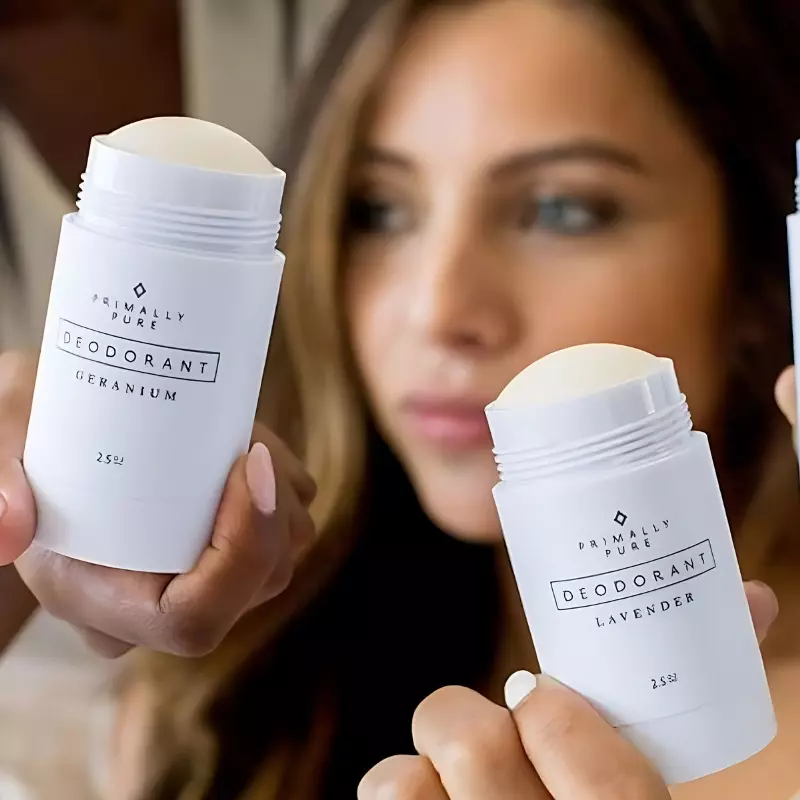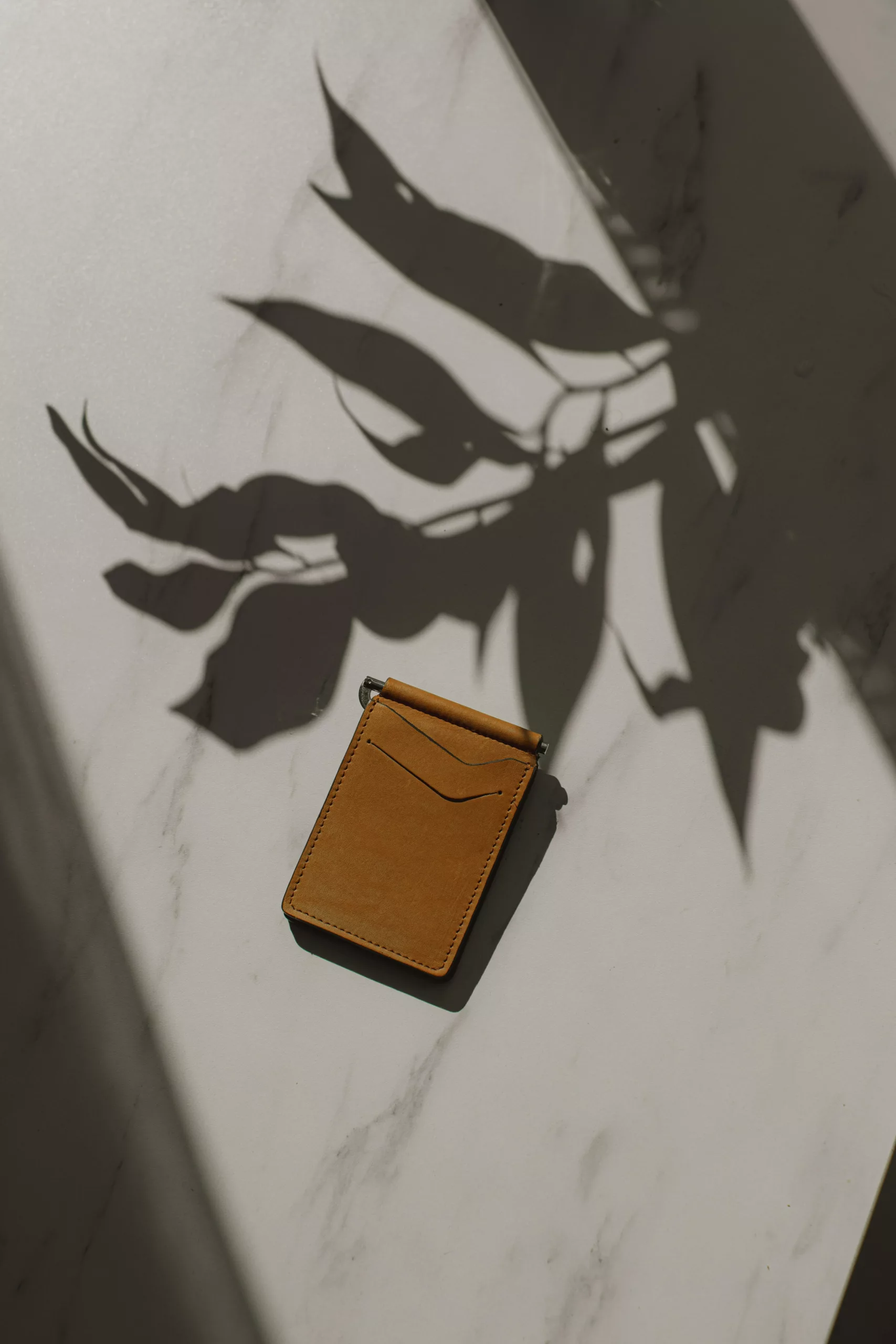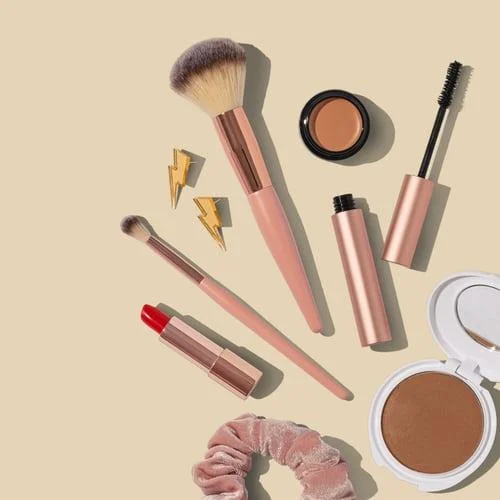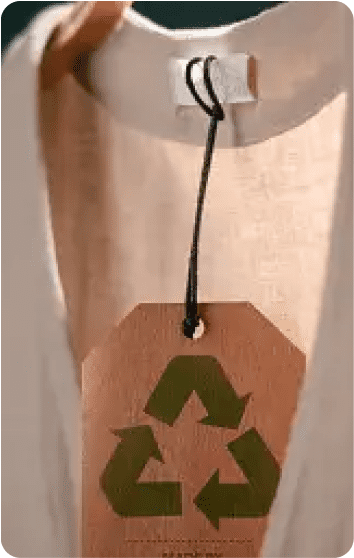In today’s world, being environmentally conscious is more important than ever. But with so many buzzwords like “biodegradable” vs. “compostable” floating around, it can be hard to keep them straight. Understanding the difference between these two terms can help us make better, greener choices in our daily lives.
Biodegradable means something can break down naturally over time, but compostable takes it a step further—it breaks down into nutrient-rich compost that benefits the soil. Knowing this can really help you decide what products to buy and how to dispose of them properly.
In this article, we’ll break down the differences between biodegradable and compostable materials in a way that’s easy to understand. Plus, we’ll share 16 awesome compostable alternatives to everyday products, making it simpler than ever to reduce your environmental footprint and make more sustainable choices.
Biodegradables Defined

Biodegradable materials can be broken down into simpler elements. Ex: water, biomass, and carbon dioxide with the help of microorganisms. It does not require any human intervention. Bacteria and fungi assimilate these materials back into their natural environment. This process happens faster when oxygen is present. The period taken by different materials is between a few days to 500 years. The whole process is natural and doesn’t leave any harmful toxins or chemicals behind. The label biodegradable is usually used only if 90% of the original biodegradable product reassimilates in nature in less than 6 months.
Variables like moisture, oxygen, sunlight, and the presence of biocatalysts and necessary bacteria/fungi affect the speed and quality of deterioration. How does the product interact with its environment? Whether the environment is polar, marine, arboreal, or urban? can drastically change the pace of biodegradation.
Nonbiodegradable products such as aluminum cans, metals, styrofoam, various paints, toxic chemicals, and the polymer family take hundreds and thousands of years to assimilate back into the environment. They inadvertently become sources of pollution. See the following chart for reference.

When biodegradable products are dumped without the ideal conditions, products have a difficulty in the degradation process. Kitchen waste degrades easily while textile waste and fecal waste though biodegradable has to be managed in different ways. Managing and differentiating between various biodegradable and non-biodegradable products is difficult. Learn about them through the Federal Trade Commission (FTC), and other third-party certification authorities. Now in the next section, we realize that Compostable products are part of the biodegradable family. But with a major difference. Read on.
Compostables Defined

Compostables, unlike their larger biodegradable family, can biodegrade only under specific circumstances which are managed by humans. It is not an all-natural process. Human intervention is necessary otherwise it can lead to other ecological problems.
The process of composting has to be fine-tuned by humans to give humus: a nutrient-dense layer of soil, which is useful in healthy plant growth. Light, water, oxygen, and organic matter such as vegetable scraps, eggshells, and coffee grounds are optimized to give the best compostable environment. The composting process takes a few months up to three years. During composting, humans help the microorganisms to break down organic matter. The composting process can be divided into two types: Residential and Commercial.
Residential: Done at home with simpler biodegradable materials usually twigs, leaves, and kitchen waste; the scale is small and the output is good for home gardens.
Commercial: Done at large facilities created specifically to break down and assimilate complex biodegradable products. Different parameters are regulated carefully in these places.
If compostable products are not disposed of in proper conditions, they are kept in areas of low oxygen and low sunlight (usually landfills). they release methane; an extremely harmful GHG. Therefore proper disposal and management of even biodegradable and compostable products are imperative.
Biodegradable vs. Compostable — Difference Explained
How are they different? This an age-old question for the climate-conscious peeps. Don’t worry, this section will clear that nagging doubt.
| Point/Value | Biodegradable | Compostable |
| Definition | (adjective) capable of being decomposed by bacteria or other living organisms and thereby avoiding pollution. “Consumers have forced a shift to more biodegradable products“ | (adjective) able to be made into compost. “compostable waste and recycling will be picked up weekly“ |
| Components | Water, carbon dioxide, methane. | Water, carbon dioxide, methane, biomass, humus |
| Human Intervention | Not Necessary | Necessary |
| State of Matter | Can be solid or liquid. | Is usually solid. |
| Pollution | Only if more than the environment’s absorption capacity. | Can release methane if added to landfills. Because it stops the aerobic enzymatic reactions. |
| Reusability | It is not reusable because nothing remains. | It is reusable because it creates healthy soil: humus. |
| Time for degradation | Between a few months to hundreds of years. | Between a few weeks to a few months. |

Why Does The Difference Matter?
As individuals who are climate conscious and working their way towards more sustainable living, it is important that we as consumers don’t fall for greenwashing and false marketing. Thousands of brands label their products as safe and “good for the planet” because sustainability sells. Don’t fall for this gimmick. Many biodegradable and compostable goods need specific conditions to degrade in simpler forms. They won’t just disappear if they sit in the bin for too long. Here your awareness as consumers, knowing which goods are home compostable, commercial compostable, or industrially biodegradable, is necessary knowledge.
Check out the labels first: is it biodegradable, compostable, or industrially biodegradable? is it bioplastic? can it be composted at home, or needs specific facilities? etc. Read about these labels from European Standard EN 13432, American Compostable Plastics Guide, ASTM Standards Guides for industry people and business owners, and the Green Guide by the FTC.
All the specificities and finer points cannot be covered in the same blog post, so wait for future posts that deal with bioplastics, and biodegradable products and read on for compostable alternatives.
What Biodegradables Are Compostables?
As we now know, all compostables are biodegradable but not all biodegradables are compostable. The range of products that break down in proper compost environments (managed by humans) is narrower than the catch-all Biodegradable term.
Compostable products need specific levels of oxygen, heat, water, and other conditions to break down the material into CO², water, inorganic compounds, and biomass. All together making the humus layer of soil.
Some kitchen waste such as sour milk, bad meat, and leftover sauces are not good because they can cause bad odor and infections, and bring rat/fly infestations. Charcoal dust and pet waste will be harmful to the plants and soil microbiota.

All the residential compost products are in the OK category because they can be broken down in less than 90 days. Most other biodegradable materials are very complex, thus requiring high heat, high levels of pressure, and industrial-grade equipment to be broken down into simple forms. Therefore, even products labeled as compostable may need special commercial composting.
Best Compostable Alternatives for Products
You might be wondering which alternatives to choose to go eco-friendly. To guide you through the path of sustainability, we start here with the most basic household products.
Compostable Plates over Plastic Disposables

Compostable plates are the better cousins of plastic disposables, made from a variety of materials, compostable plates are non-toxic, eco-friendly, and biodegradable. This single-use serveware is good for many small events and get-togethers. They are made from a variety of materials such as bamboo, palm leaf, banana leaves, avocado pits, coconut shells, and even coffee grounds. All of these products are healthier and safer alternatives to regular plastic disposables.
Coconut Coir Dish Scrubs over Plastic Dish Scrubs

Coconut coir is a wonder in the plant community, you can use its water, oil, core, shell, and even the coconut fabric or coir. This great material can be used to make dish scrubs. They are food-safe, totally compostable, and even antibacterial! So swap out your old plastic dish scrubs and shoe brushes with this natural fiber. The product is easily and abundantly available, too. So there’s harm done.
Compostable Loofah over Plastic Loofah

A compostable and biodegradable loofah is usually derived from the Luffa Aegyptiaca. It is a plant similar to squash and gourds. It is made into natural loofah just by drying a fully mature plant and removing its seeds. So there are no nasty chemicals or additives involved anywhere in the process.
Compostable Coffee Filters over Instant Coffee Sachets

Most of the coffee filters that we buy are already compostable, they are usually made from cotton, silk, and paper. So rather than opting out of instant sachets that are packed in many layers of plastic, paper, and paints. Choose the classic coffee filters and buy your coffee in bulk. This will help the planet in many small ways. Many coffee brands provide ethically grown, artisanal coffee from around the world. Become a true coffee connoisseur and have a guilt-free caffeine boost every morning.
Bamboo Toothbrush over Plastic Toothbrush

This might be the first thing you should swap because over 1,000,000,000 (a billion) toothbrushes are thrown every year. These brushes will take care of your oral health while you take care of the planet.
Compostable Silk Floss over Plastic Floss

With the above-mentioned bamboo brushes, compostable silk floss is the only true match. This fancy floss is adept at cleaning any muck between your teeth. So use this superior duo for max oral cleaning. These compostable silk floss can be packed in glass bottles with corks to be truly sustainable.
Bamboo Core Earbuds over Plastic Core Earbuds

Many companies that sell earbuds are venturing into the greener market to attract a more eco-conscious audience. So there are plenty of options to choose from. These earbuds are made from a bamboo core polished and topped with organic cotton. So it won’t leave a splinter or hurt you. These swabs can also work as fire starters as they are made from bamboo and cotton.
Beeswax Wraps over Cling Wrap

The best alternative for that horrendous single-use clings wrap. Beeswax wraps are good for room temp and cold foods. They are antimicrobial, easy to clean, and colorful. You can reuse them almost indefinitely. (if you relayer the wax) otherwise, they last for a year. Made with cotton, beeswax, and resin. pack, store, and carry your food in style.
Compostable Cutlery over Single-Use Cutlery

Compostable cutlery should become mainstream. Whether it is garden parties, picnics, barbecues, or forest trails, using forks and spoons that dissolve in nature is always the smarter choice. Don’t be a trashy person by selecting plastic cutlery and dumping them on your picnic spot. These cutlery options are always made from food-safe and compostable materials. Such as bamboo, wood chips, vegetable derivatives, and corn byproducts. So try them on your next trip to central park.
Swedish Dish Cloth over Regular Dish Sponge

This compostable sponge cloth is commonly known as a Swedish dishcloth because a brand of the same name made it famous. They are safe, non-toxic, and made from 100% plant-based cellulose. These are the best alternatives available for paper towels and foam-based dish sponges. So remember no more single-use tissues or polymer sponges. Oh yes! They are also dishwasher safe.
Wool Dryer Balls over Plastic Bottled Softener

Regular garment softeners are bottled in plastic containers, so swap them with wool dryer balls: they give similar results, are cheaper, longer lasting, and are compostable too! What more we should say? They can last for 2–3 years without any problems. So next time buy these in place of your regular bottle of Downy or Snuggle. They also give promising results.
Compostable Garbage Bags over Regular Bags

These are common and sensible exchanges. Compostable garbage bags are made from plant cellulose or potatoes and corn. Try buying compostable garbage bags that are certified by the BPI (Biodegradable Products Institute). They are home-compostable and safe. So next time while composting through the whole bag out. With this alternative, you can ditch those polyethylene bags in the trash can.
Compostable Dog Toy over Rubber-based Toys

Most of the toys that we buy for pets in general and dogs specifically are made from petroleum-based plastic or synthetic rubber. They are nonbiodegradable and noncompostable, so please choose better options for toys. These toys are made from natural fibers and bioplastics. These products don’t use microplastic or synthetic dyes. These toys are usually antibacterial and good for the teething age of the puppies. Beam some organic love toward your dog.
Compostable Vegetable Cellulose Sponge over Polymer Sponges

These sponges are also made from the aforementioned vegetable cellulose. The sponges are exactly like their regular cousins. They clean well, dry easily, and take up less space + they are eco-friendly.
Compostable Toilet Brush over Regular Plastic Toilet Brush

Imagine a toilet brush not made from nylon and plastic but a sponge, coconut coir, and wood. Yes, it is real. These brushes are almost as good as the real deal. The only caveat is to replace the brush head more often. They will clean your ceramic bowls well, so don’t worry.
Compostable Bamboo Hair Brush over Plastic Hair Brush

A brush that is made from bamboo and is good for the environment. That’s it, that’s the description.
Summing up!
In conclusion, understanding the difference between biodegradable and compostable is crucial for making informed choices as environmentally conscious consumers. While biodegradable materials can naturally break down into simpler elements with the help of microorganisms, compostable products require specific human-managed conditions to biodegrade into nutrient-rich humus. It is important to be aware of greenwashing and false marketing claims, as many products labeled as biodegradable or compostable may require specific disposal methods or facilities.
By opting for compostable alternatives to everyday products such as plates, dish scrubs, coffee filters, toothbrushes, floss, and more, we can contribute to a more sustainable lifestyle and reduce our environmental footprint. Make conscious choices, read labels, and prioritize products that align with your sustainability goals to create a positive impact on the planet.
Take your sustainability journey further by exploring Ecowiser for more insightful blogs and in-depth information on composting, biodegradability, and other eco-friendly practices.
















